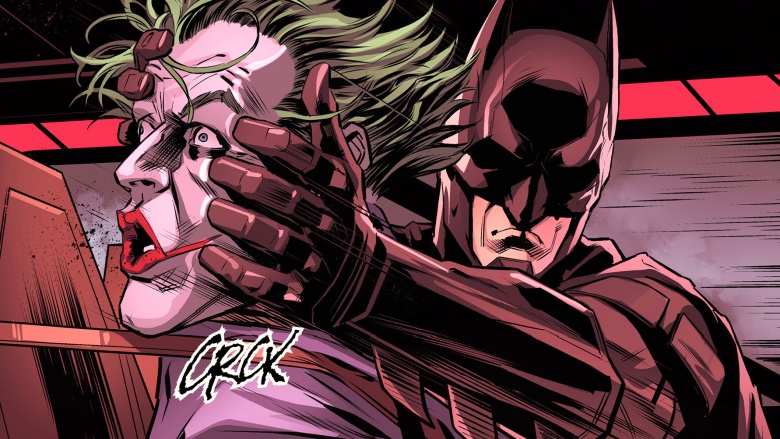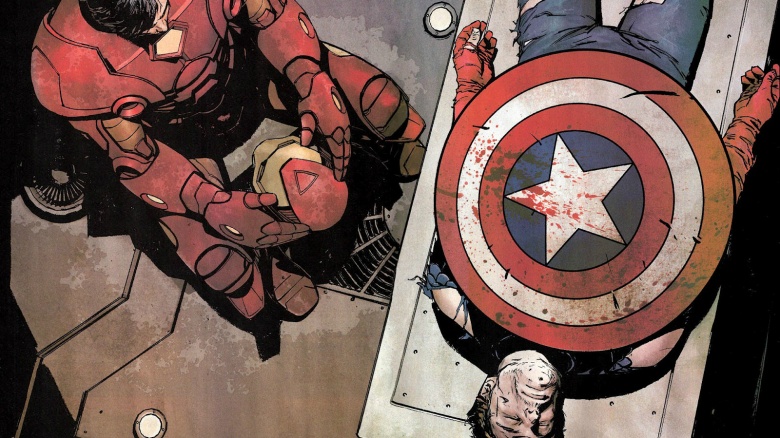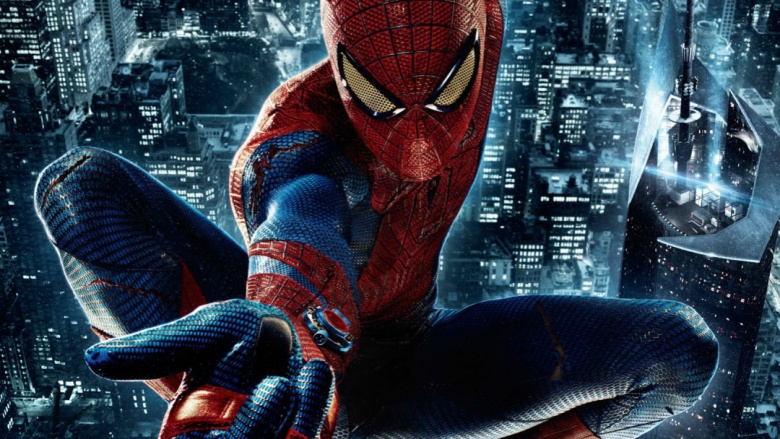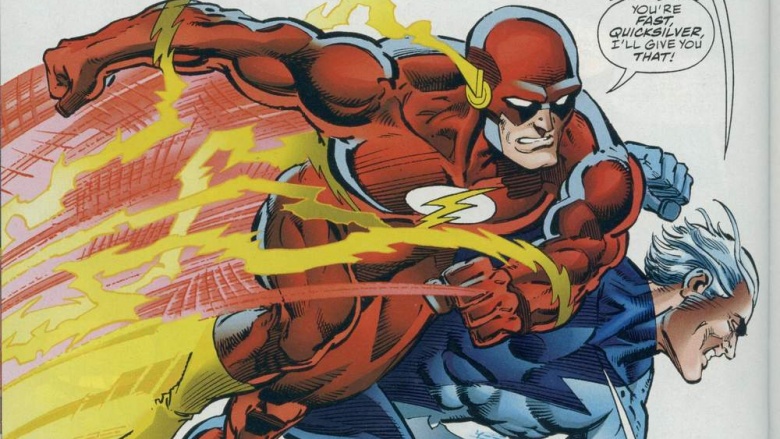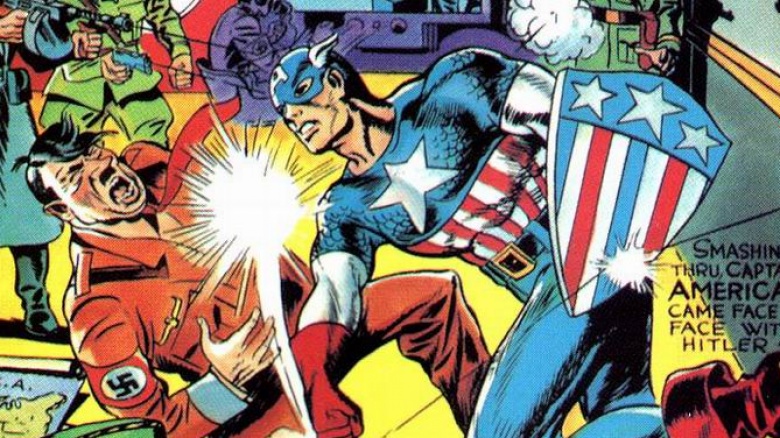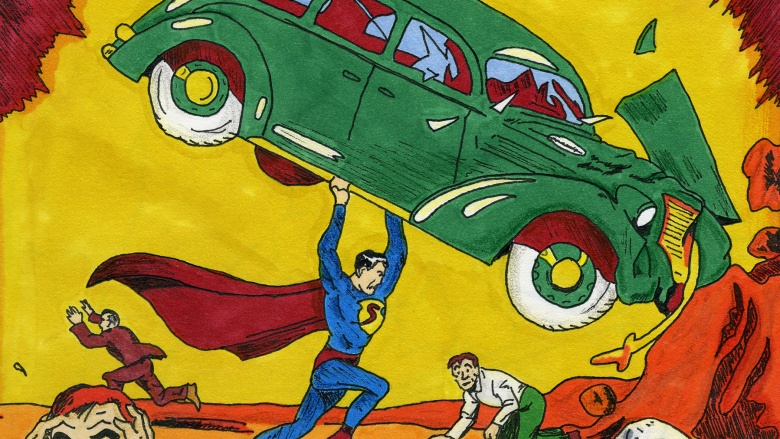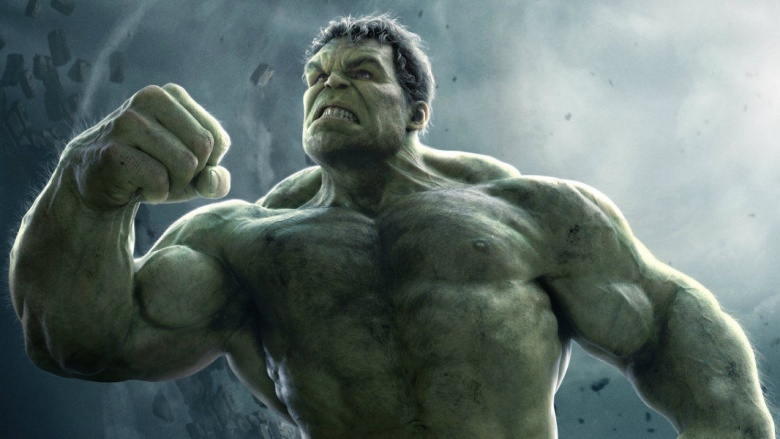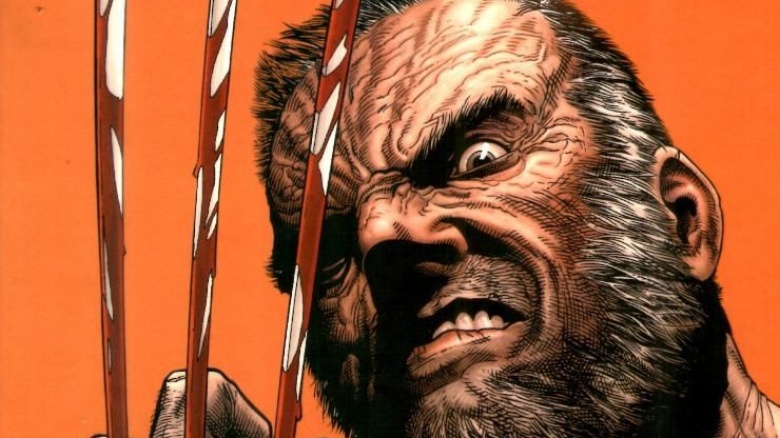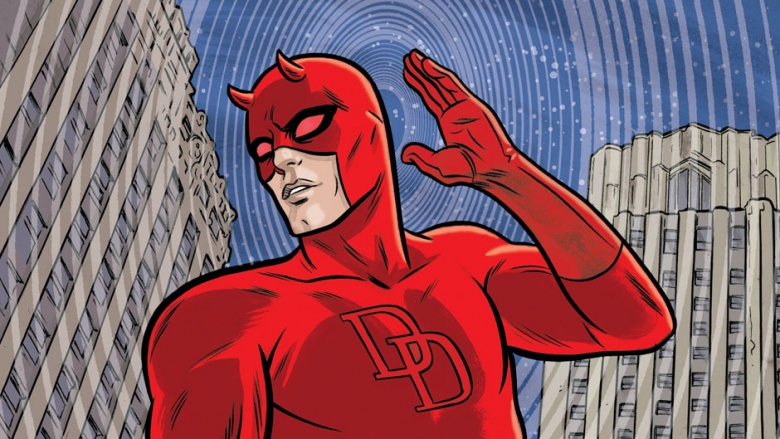False Facts About Superheroes You Always Thought Were True
Superheroes have been around for almost 80 years in the comics, and with numerous comics-inspired shared universes engulfing Hollywood over the past decade, these characters are more popular than ever. With DC Comics' recent Rebirth event and Marvel Comics' Civil War II reinvigorating longtime readers while bringing in new ones, the lengthy, convoluted history of some superheroes are bound to perplex some newcomers. Let's clear up some of those false facts you always thought were true.
Superheroes don't kill
In comic books, there are superheroes, and then there are vigilantes. The major differences between the two—as evidenced in TV shows like Arrow and Supergirl—are that superheroes respect the law, they have a moral code, and most importantly, they don't kill. The thing is, that's fundamentally incorrect: superheroes do kill, and when they do, they often don't think twice about it.
While there are a handful of Marvel heroes, namely Daredevil and Spider-Man, who try their damnedest not to end lives, there are plenty of superheroes who won't hesitate when the moment arises. All one needs to do is look at Iron Man's kill count in the Marvel Cinematic Universe, as well as any comic book story or movie Wolverine has been in.
On the other hand, there are DC superheroes like Batman and Superman, who traditionally adhere to a strict "no killing" policy that's been abandoned during their most recent big-screen adventures. We see in movies like Man of Steel and Batman v Superman: Dawn of Justice that Batman and Superman kill when absolutely necessary (and are apparently comfortable with causing collateral damage), which is something they've done in previous movies as well as in their early comics.
Part of the reason many superheroes developed an aversion to killing is to the Comics Code Authority, the regulatory body that established a set of rules in 1954 restricting violent activities that would have arguably shown superheroes in the same light as criminals.
Superheroes never age, retire, or die
To non-comic book readers, it's a wonder how characters like Batman, Superman, and Captain America, among others, are still fighting crime after all these years. Do they grow old? Do they retire? Do they ever die? The answer to all three questions is yes, but it seldom happens in comics—and characters don't stay old, retired, or dead for long.
In order to keep aged characters fresh, comic book publishers will frequently publish stories set in alternate realities or parallel universes. One of the best examples is Frank Miller's The Dark Knight Returns, in which Bruce Wayne comes out of retirement for one night and defeats all of his enemies in Gotham as Batman. Another example is in Mark Waid's Kingdom Come, in which aged, out-of-touch Justice Leaguers come into conflict with new, unconscionable vigilantes.
As for superheroes dying—well, there was a time when killing off a major comic book character would have been considered blasphemous. Stories like Batman: A Death in the Family, The Dark Phoenix Saga, Crisis on Infinite Earths, and Civil War helped change that, with Jason Todd, Jean Grey, Barry Allen, and Steve Rogers, respectively, dying—either by sacrifice or murder. Each character, though, didn't stay dead for long; they've all returned at one point or another.
Spider-Man shoots webs from his wrists
Thanks primarily to Sam Raimi's Spider-Man movies, many people believe Peter Parker has the ability to shoot webs from his wrists, but that's simply not the case. Look back at the character's comic book history as well as the other movie franchises he's been a part of, and you'll notice that with the exception of the period in which he was bonded with his alien symbiote suit, Spider-Man has used mechanical web-shooters of his own creation.
Peter Parker was a genius-level intellect long before a radioactive spider bit him. After being bitten, he developed superhuman strength, agility, and reflexes, as well as certain spider senses. What he didn't develop, however, was the ability to spin his own webs. Put simply, the radioactive spider granted Parker special abilities, but it did not alter his genome—he's still human. Therefore, he found a way to produce his own webs.
We see these manufactured web-shooters in action throughout Parker's various comic book stories, as well as in Marc Webb's The Amazing Spider-Man movies and in Anthony and Joe Russo's Captain America: Civil War. Interestingly, in I Love Marvel: Web of Romance, Parker gifted his web-shooters to his wife, Mary Jane, so that she could use them for self-defense.
Flash is the fastest speedster, no matter what
Who's stronger: Superman or the Hulk? Who's faster: Flash or Quicksilver? These are questions that will always be debated among comics fans. While the first question is something that seems impossible to determine, there is somewhat of an answer for the second. On an even playing field, Flash is the fastest, but if he doesn't have the Speed Force, Quicksilver takes the lead.
Flash and Quicksilver are undoubtedly the fastest superheroes in their respective universes, but determining which of the two is faster against one another is something else entirely. To answer this, let's take a look at the DC vs Marvel Comics crossover event from the late '90s. In one of the issues, Flash and Quicksilver race each other, with the former beating the latter by a mile. However, in the JLA/Avengers crossover in the early 2000s, Wally West can't keep up with Quicksilver because he doesn't have access to the Speed Force in the Marvel Universe.
We can get into nitty-gritty scientific details of it all, but the fact is, without the Speed Force, the Flash—anyone other than Barry Allen, who essentially is the Speed Force—doesn't have super speed. Apparently being a mutant comes in handy in this particular situation.
'Marvel' created Captain America
It may come as a surprise that a handful of your favorite characters didn't originate with the comic book publishers that have been publishing them in recent years. Make no mistake, Captain America is a Marvel character and has been ever since Marvel Comics' inception in 1961. Before then, however, the publisher was known as Atlas Comics—and before that, Timely Comics.
In the late '30s and early '40s, during the Golden Age of Comics, Timely—the comic book division of Martin Goodman's pulp magazine publishing company—created three characters that would later help define superheroes of the time: Captain America, Namor the Sub-Mariner, and the Human Torch (not to be confused with the Fantastic Four's Human Torch). When Timely Comics became Atlas Comics, and then later spun off to become Marvel Comics, all three characters remained with the brand, but it's false to say that "Marvel Comics" created Captain America.
Furthermore, contrary to popular belief, Stan Lee is not the founder of Marvel Comics, but rather acted as the publisher's Editor-in-Chief (later president and publisher) and helped cement the company's status in the comic book world. It was under Lee's leadership that Marvel managed to surpass DC Comics in sales in 1972.
DC Comics has always owned Superman
On that note, it's worth pointing out that DC Comics did not create Superman; rather, he was independently created by Jerry Siegel and Joe Shuster, who sold the character to Detective Comics, Inc. (the precursor to DC Comics) in 1938. Years later, when Superman's popularity boomed, the duo attempted to recover the character's rights, starting years of legal battles and copyright disputes.
According to Joe Sergi's The Law for Comic Book Creators, a few years after Superman's debut in Action Comics, Siegel proposed the idea of having a comic series based on Superman's early days, a proposition the publisher initially rejected. Then, years later, when Siegel was serving in the Army during WWII, DC published its first Superboy story focusing on a young Superman. Siegel and Shuster sued DC in 1948, and the publisher later settled out-of-court with the duo for $94,000 to own both Superman and Superboy.
In line with the Copyright Act of 1909, Siegel and Shuster applied to have their rights to Superman reverted in the mid-'60s, after 28 years. Unfortunately, their agreement with DC in 1948 nullified any attempt to regain Superman's rights. Then in 1975, ahead of the release of Richard Donner's Superman, Warner Bros. agreed to pay Siegel and Shuster a yearly stipend if they settled to never contest Superman's ownership rights in the future—and they agreed.
Their heirs, however, didn't. Warner Bros. agreed, again, in 1992 to pay Shuster's heirs a yearly stipend if they never contested Superman's rights. Later, in October 2001, the studio made a similar arrangement with Siegel's heirs. As part of that deal, all Superman stories (including movies) will feature the credit: "By Special Arrangement with the Jerry Siegel Family."
Hulk is the strongest character in the Marvel Universe
Hulk is undoubtedly one of the strongest Marvel characters. According to the Official Handbook of the Marvel Universe, his brute strength is incalculable, and has virtually no upper limit. However, there are many other characters in the same figurative boat, with virtually limitless strength (enough to lift in excess of 100 tons), such as Thor, Blue Marvel, and Silver Surfer—all three of which can go toe-to-toe with the green guy. Even Iron Man, in his Hulkbuster armor, can defeat the Hulk.
With all that in mind, how can Hulk be the strongest being in the Earth-616 universe? The answer is that he isn't. Even Stan Lee doesn't think so. In fact, he believes Galactus may take that honor. Since he played an integral role in creating the fictional universe, we're inclined to believe him.
Wolverine doesn't age
Wolverine was born in the late 19th century, but he spent the majority of his life (and time in the X-Men) in his 30s, thanks to his healing factor. Other than his claws, Wolverine is known for that factor—which aside from accelerating his healing, makes him immune to virtually all known diseases, and allows him to live far longer than the average human.
Sure, he's able to heal from gunshot wounds, resist adamantium poisoning, and suppress his aging—but he isn't immortal, and he certainly isn't resistant to mythical objects: his healing factor was once rendered inert after being slashed by a magical katana sword. But many people, especially casual moviegoers, assume that Wolverine not only doesn't age, but is incapable of dying.
Contrary to popular belief, Wolverine does age, and he is capable of dying. We see him age in the famed comic book miniseries Old Man Logan, the inspiration for James Mangold's upcoming Logan movie. Furthermore, Wolverine is susceptible to dying, as evidenced by the Death of Wolverine story arc in 2014. No matter how strong one's healing abilities are, they eventually age and die. Comic book characters can only live for so long.
Daredevil's blindness heightens his other senses
Superheroes with disabilities are few and far between, which makes lawyer-turned-superhero Matt Murdock (a.k.a. Daredevil) an inspiring figure for the disabled or physically impaired, especially those that are blind. It's worth noting, however, that Daredevil, despite being the most prominent disabled superhero, was not the first. That title belongs to Dr. Charles McNider (a.k.a. Doctor Mid-Nite), who has the power to see in darkness but becomes completely blind in the daylight.
While Doctor Mid-Nite gained his abilities at the cost of his eyesight during the day, Daredevil did not obtain his superhuman senses—such as radar sense, echolocation, superhuman hearing, and superhuman taste, among other things—by losing his eyesight. Rather, he acquired his abilities by being exposed to some form of radioactive material—the same radioactive material that blinded him in the first place.

